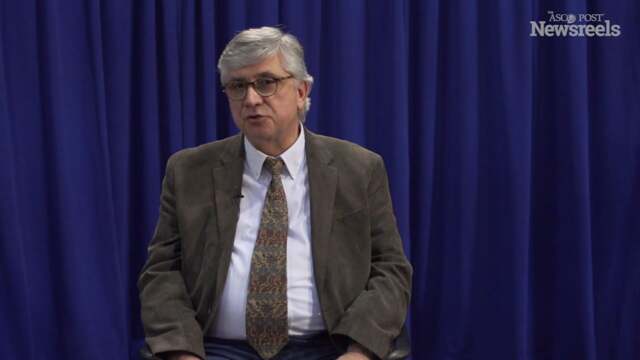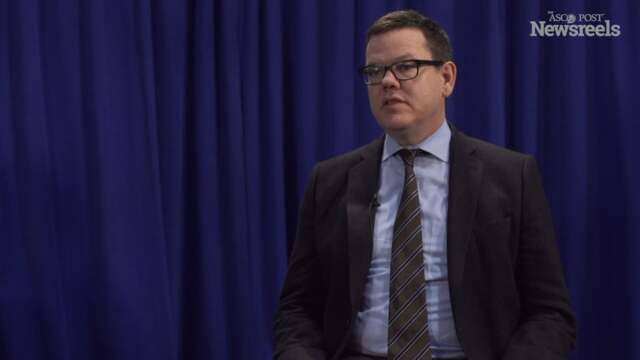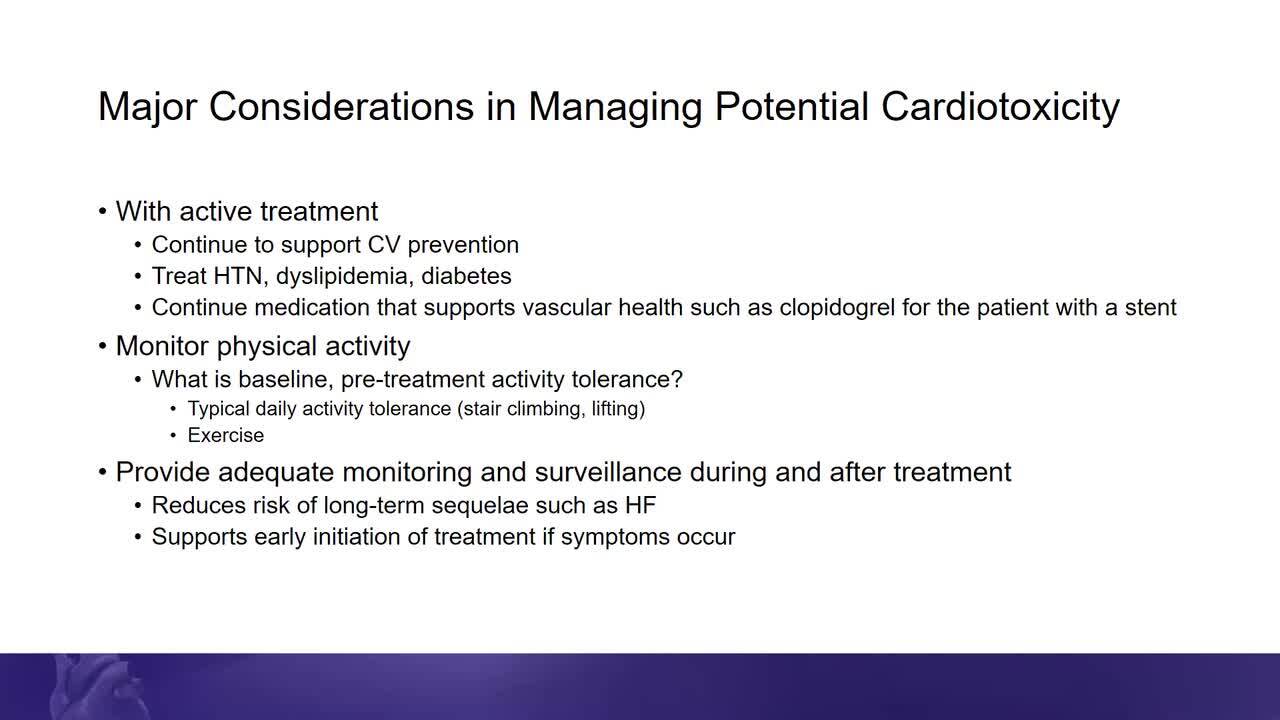S. Vincent Rajkumar, MD, on Multiple Myeloma: Newly Approved Drugs
2015 ASH Annual Meeting
S. Vincent Rajkumar, MD, of the Mayo Clinic, summarizes a special FDA-sponsored session on the three myeloma drugs that were approved this November––daratumumab, ixazomib, and elotozumab––and their current and future roles in treating the disease.
Stephen J. Schuster, MD
Stephen J. Schuster, MD, of the University of Pennsylvania, discusses the findings of a study of chimeric antigen receptor modified T cells directed against CD19 in patients with relapsed or refractory disease (Abstract 183).
Simon Rule, MD
Simon Rule, MD, of Derriford Hospital, discusses results from an international, multicenter study in patients with previously treated mantle cell lymphoma (Abstract 469).
James Foran, MD
James Foran, MD, of the Mayo Clinic Cancer Center, discusses two key studies on clofarabine: as a single agent for induction and postremission therapy in newly diagnosed AML, and as the basis for consolidation in nonfavorable AML (Abstracts 217 and 218).
Dr. Robert Rifkin, Medical Director of Biosimilars at US Oncology Research, moderates a roundtable discussion on Global Perspectives on the Integration of Biosimilars into Oncology Practice, held in conjunction with the 2015 American Society of Hematology Annual Meeting in Orlando, Florida.
Moderator: Robert Rifkin, MD
Participants: Corey Cutler, MD; Pere Gascon, MD, PhD; Mark McCamish, MD, PhD
This program is supported by Sandoz Inc.
Julie Vose, MD, MBA, and John F. Gerecitano, MD, PhD
Julie Vose, MD, MBA, of the University of Nebraska Medical Center, and John F. Gerecitano, MD, PhD, of Memorial Sloan Kettering Cancer Center, discuss a phase I study of venetoclax monotherapy in patients with relapsed/refractory non-Hodgkin lymphoma, including updated safety and efficacy data (Abstract 254).




